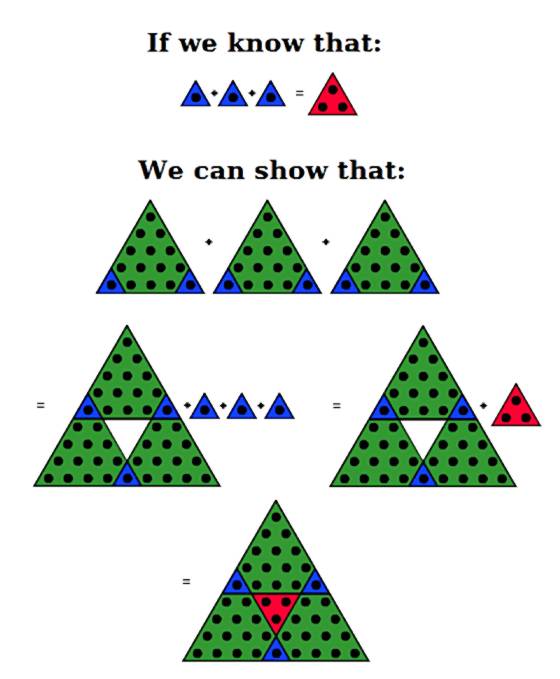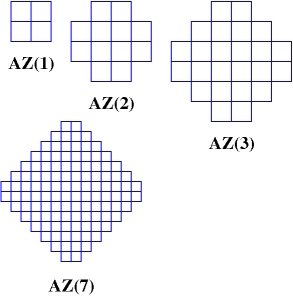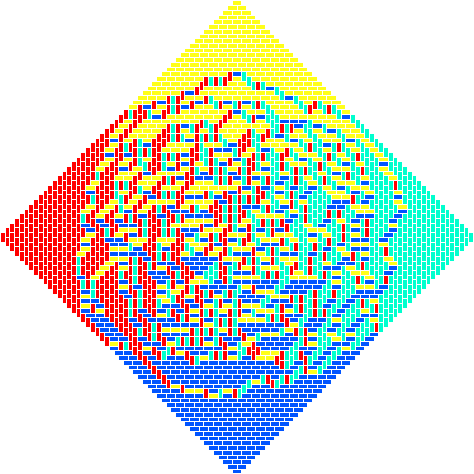This post is inspired by the following problem:
Sleeping Beauty participates in the following experiment. On Sunday she is put to sleep, and a fair coin is flipped. Regardless of the result of the coin flip, she is awakened on Monday and asked whether she thinks the coin was heads or not. If the coin was tails, however, then she is put back to sleep with her memory erased, and awakened on Tuesday and asked the same question again. She knows the protocol. She is awakened one morning: What is her probability that the coin was heads?
Some people argue: asleep or awake, the probability of a fair coin being heads is one half, so her probability should be one half.
Other people, including us, argue that those people didn’t study conditional probability. On the information of the setup to the problem and the information of having awakened, the three situations “Coin was heads and it is Monday”, “Coin was tails and it is Monday”, and “Coin was tails and it is Tuesday” are symmetric and therefore equiprobable; thus the probability that the coin was tails is, on this information, two thirds.
So who is right? We are, of course. A good way to visualize probability judgements is to turn them into bets. Suppose each time Beauty wakes up she is offered the following bet: She pays $600 and gets $1000 if the coin was tails. Should she take it? If her probability of the coin being tails were one half, then obviously not; if her probability of the coin being tails were two thirds, obviously yes. So which is it? Consider the situation from her perspective as of Sunday. She can either always take this bet or always refuse it. If she always refuses, she gets nothing. If she always accepts: If the coin turns up heads, she will be asked the question once and will lose $600. If the coin turns up tails, she will be asked the question twice and will gain $800. So on average she will win, so she should take the bet. By this thought experiment, her probability of tails is clearly not one half.
To make matters more interesting, let’s try another bet. Suppose she is given the above bet just once, in advance, on Sunday. She pays $600, and she gets paid $1000 on Wednesday if the coin was tails. This has nothing to do with sleeping and awakening. If she takes the bet she loses $600 with probability one half and gains $400 otherwise. So she shouldn’t take the bet. Her probability on Sunday that the coin will come up heads is, of course, one half. The point is that just as these two bets are different bets, the sets of information Beauty has on Sunday vs at awakening are different, and lead to different conclusions. On Sunday she knows that the next time she wakes up it will be Monday, but when she then wakes up, she doesn’t know that it’s Monday.
Parting thought: The phenomenon of predictably losing information leads to the phenomenon of predictably changing one’s assessments. Suppose for some reason she decided to take that unprofitable bet on Sunday. When she wakes up during the experiment, should she feel happy or sad? From her perspective during the experiment, the odds of gaining $400 vs losing $600 are two to one, so she should be happy. Given that she knows on Sunday how she will (with complete certainty!) feel about this bet on Monday, should she take it, even given her Sunday self’s assessment that it’s a bad bet?
Share:







